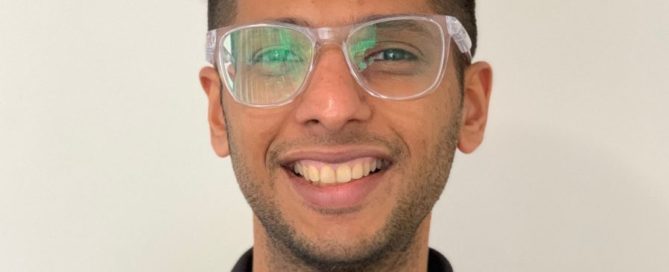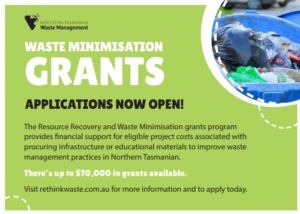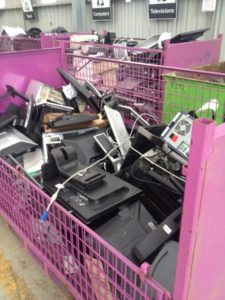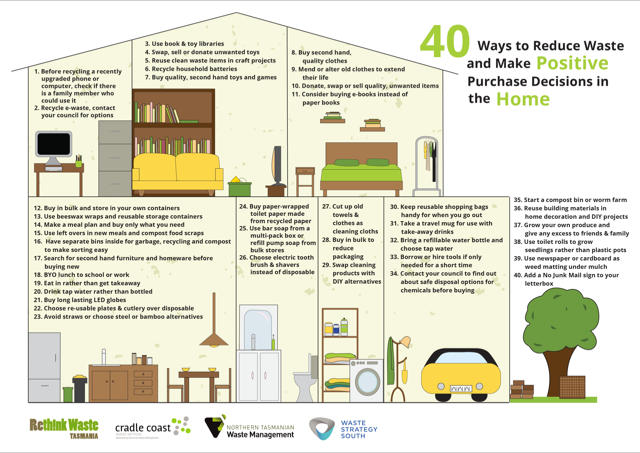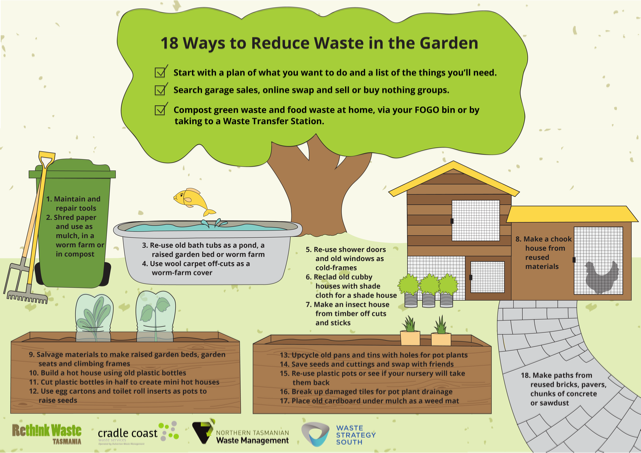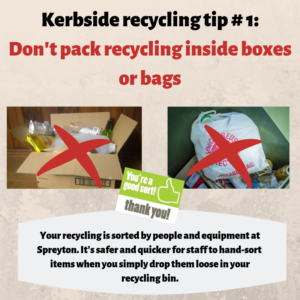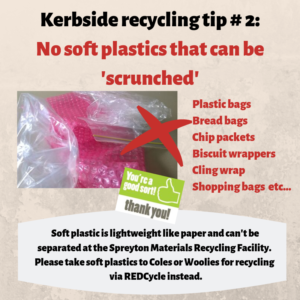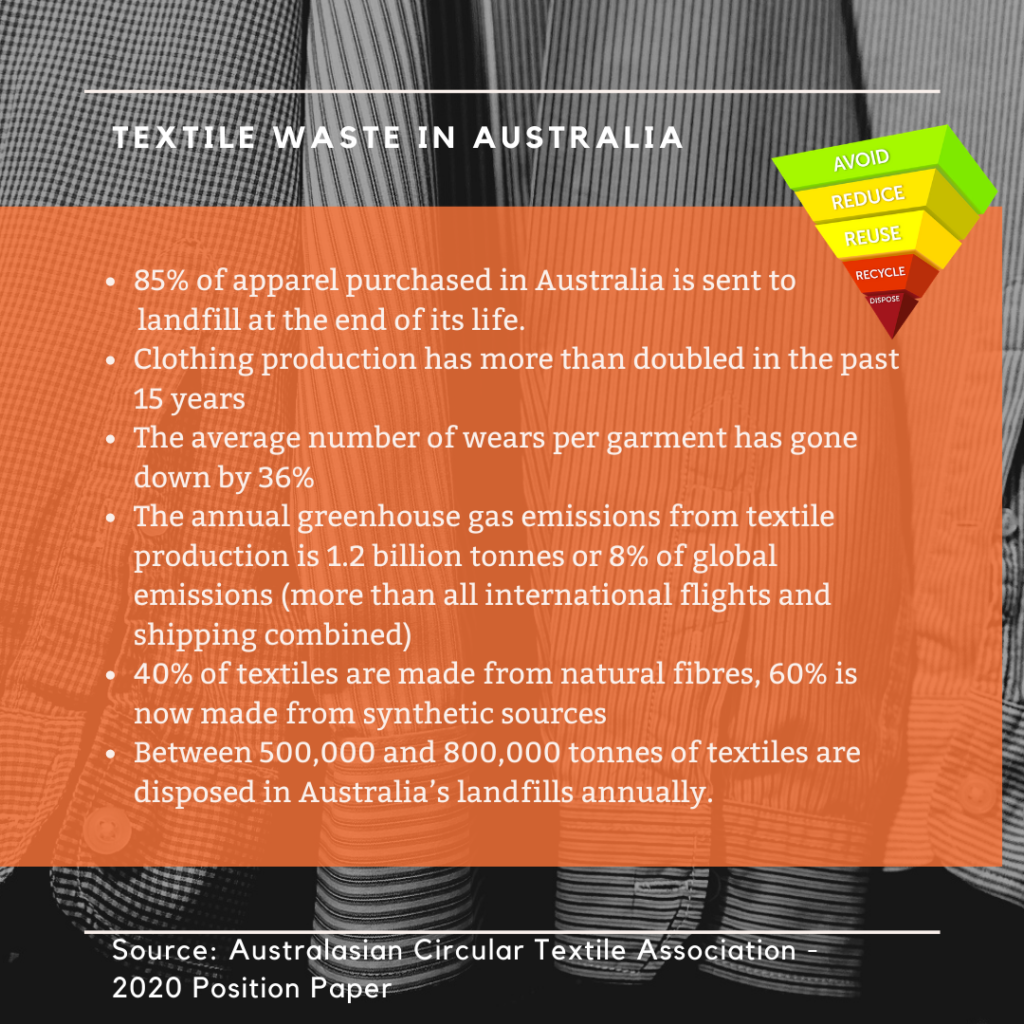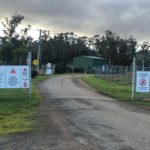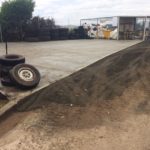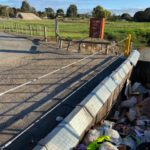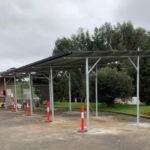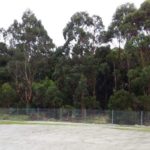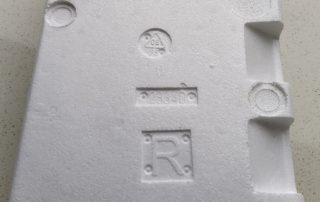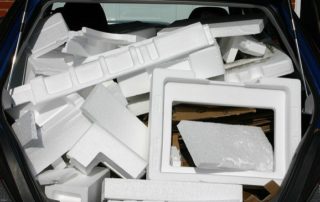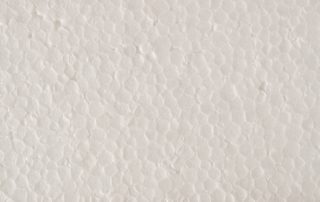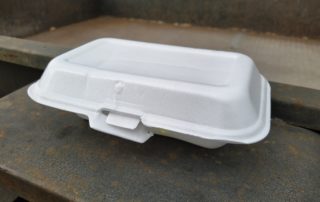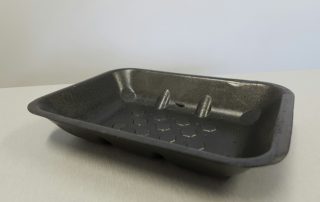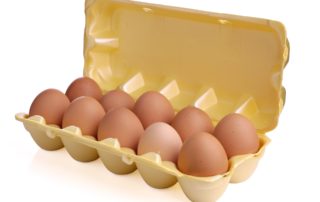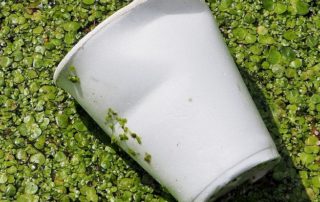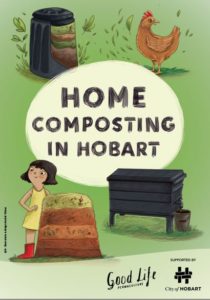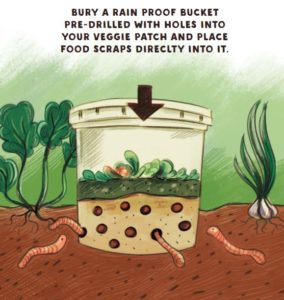Circular Economy Northern Tasmania…. it makes sense
Northern Tasmanian businesses that want to explore circular economy initiatives are being encouraged to apply to a new grants program.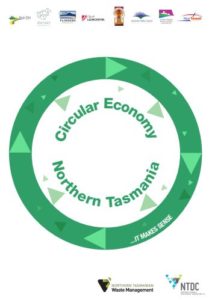
The circular economy is about moving away from a “take it, make it, break it and bin it” lifecycle to one that reuses, repairs, repurposes and recycles and creates new value and business opportunities from waste and underutilised resources. Grants of up to $30,000 will be available for businesses with circular economy initiatives that can show a benefit to the region.
Businesses wishing to apply for a circular economy grant are encouraged to express an interest via City of Launceston council’s website before October 2.
EOIs that show potential will be encouraged to complete a full application.
Download a copy of the Grants Program Guidelines, including eligibility and assessment details here:
The grants are a COVID19 care and recovery initiative from local government in the North, building off the existing work of the Northern Tasmania Waste Management Group and delivered in partnership with Northern Tasmania Development Corporation.
“It’s very exciting to be working with NTDC and other Councils on an initiative which is aimed at prompting some new ways of thinking about re-use and waste in Northern Tasmania,” Mayor van Zetten said.
“As a direct result of the City of Launceston’s Community Care and Recovery Package we’ve been able to start this important conversation with other Northern Tasmanian Councils, and I’m really looking forward to seeing the grants application process kicking off.”
West Tamar Council Mayor and Local Government Association of Tasmania president Christina Holmdahl said the grants were an example of councils continuing to provide innovative economic recovery pathways.
“Local government has been working extremely hard on recovery opportunities and we see these grants as a way for businesses to innovate, diversify and update their processes with a circular economy viewpoint,” Councillor Holmdahl said. “I’d encourage any business with an idea to investigate the grants program as the opportunity in this space is tremendous.”
NTWMG chairman and George Town Council general manager Shane Power said the grants were another example of Councils and the NTWMG driving innovation to deliver positive environmental outcomes and facilitate new economic activity.
“We are confident the grants will attract entrepreneurs seeking funds to make value from materials that may have otherwise ended up in landfill or stockpiles, therefore, maximising their lifespan,” Mr Power said. “We also envisage businesses from various sectors will be able to use the funding to invest in areas such as product design, plant and equipment and process improvements in the manufacturing of products.”
Mr Power added any business could improve its bottom line by avoiding costs associated with waste disposal, improving their production processes, increasing the lifespan of materials, realising value by re-purposing or even monetising materials that may be by-products or surplus to existing product developments.
The grants will be delivered by NTWMG in partnership with Northern Tasmania Development Corporation. NTDC chief executive Mark Baker said the benefits of a circular economy approach were three-fold.
“Moving from a linear economy to a circular economy is a win-win-win,” Mr Baker said. “It’s a win for the environment as it reduces the amount of waste going into landfill, carbon going into the atmosphere and water going down the drain.
“It’s a win for business as they either reuse more of their resource or get access to cheaper resource from other businesses’ waste, which saves money. And it’s a win for jobs with circular economy innovations offering new opportunities in industry.”
The grants are open to businesses in George Town, Launceston, West Tamar, Northern Midlands, Flinders Island, Dorset, Break O’Day and Meander Valley council regions.

